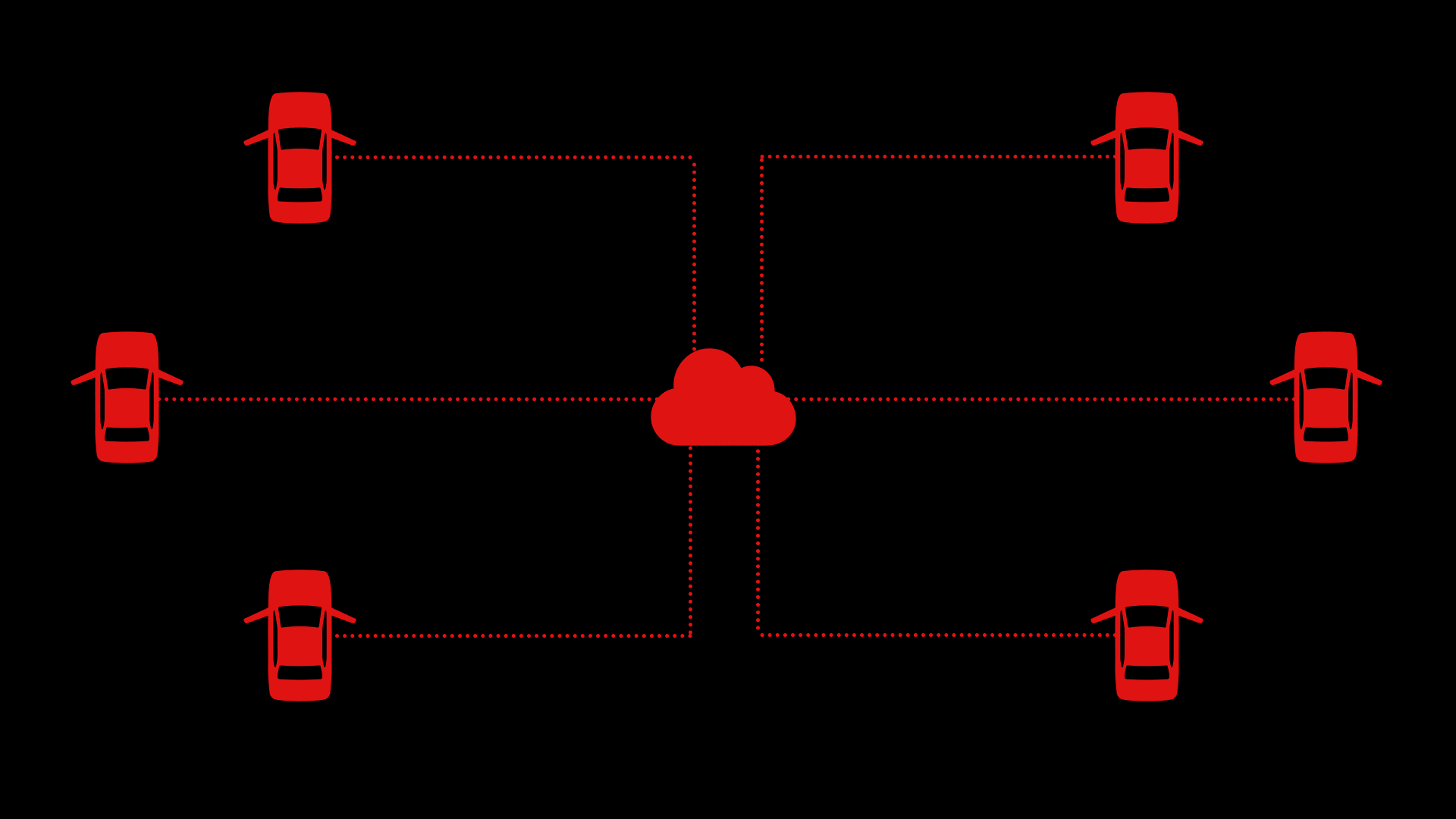Advantages of connected cars come with cybersecurity risks

The Center for Auto Safety is the nation’s premier independent, member driven, non-profit consumer advocacy organization dedicated to improving vehicle safety, quality, and fuel economy on behalf of all drivers, passengers, and pedestrians.
This opinion piece written by the Center’s Executive Director, Jason Levine, originally appeared in Axios.
The internet connectivity built into most new vehicles enables all sorts of conveniences — news, entertainment, weather and even over-the-air software updates from the manufacturer. The downside: Connected cars are incredibly easy to hack.
The big picture: With 16 million new cars and trucks sold every year in the U.S., these cybersecurity risks are already extensive and will only grow as the push toward autonomous vehicles continues.
Today’s connected vehicles sync up with crash avoidance systems, adaptive cruise control, lane departure warnings and other networked safety components. They contain up to hundreds of processors and electronic control units (ECUs), each with its own processor. One ECU might control the braking system, another the lights, yet another tire pressure. These powerful ECUs are typically connected, sometimes wirelessly, to the car’s main computer and to each other by a data bus — sending and receiving data, files and commands.
Protecting vehicle ECUs and entertainment systems against hackers — via operating system updates, file backups, antivirus software upgrades, malicious software screening tools, and the latest web browser — takes anywhere from a few seconds to a few minutes a month. Yet those brief moments per processor, across the hundreds of processors in each car, make for a formidable task.
Click here to read the full article from Axios.
